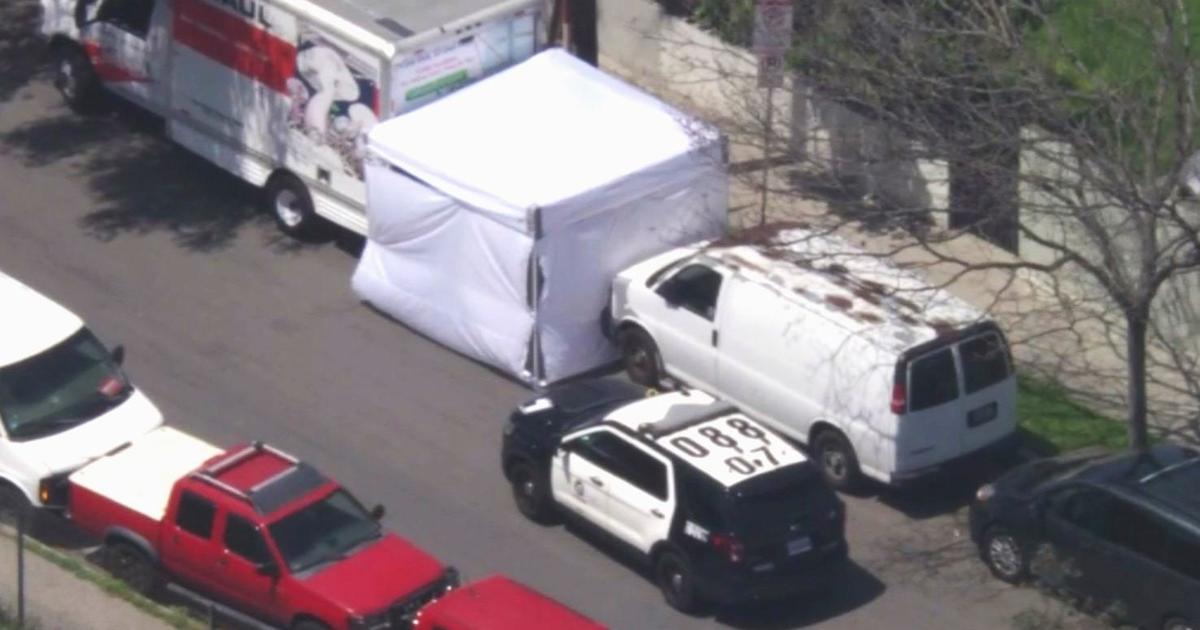Lake Fire Grows To 15K Acres As Calif. Feels Dry Wildfire Season From North To South
BIG BEAR LAKE (CBS/AP) — Hot, dry California was beginning to feel the full brunt of fire season as blazes burned throughout the state, threatening hundreds of homes, although most areas dodged serious destruction.
As firefighters knocked down dozens of small brush fires from north to south, a fleet of helicopters took on what was by far the largest of the wildfires, in the San Bernardino Mountains.
That blaze grew to nearly 23½ square miles, or 15,000 acres, and was 10 percent contained Saturday as it pushed east through dense, old-growth wilderness in the towering mountain range that lies between inland cities east of Los Angeles and the Mojave Desert. Four-hundred structures, many of them cabins, were reported threatened by the Yucaipa Police Department.
Helicopters were considered the best option for attacking the fire. Weather conditions were too turbulent for air tankers, said Lyn Sieliet, a U.S. Forest Service fire spokeswoman.
About 1,300 firefighters were working the blaze. None had been reported injured since the fire broke out for unknown reasons on Wednesday near one of the many permanent camps along state Route 38. The fire forced several hundred people to leave the camps and vacation homes.
Evacuations comprise areas east of Angelus Oaks, including: Barton Flats, Seven Oaks, Rainbow Lane, Heart Bar and all cabins and campgrounds in the South Fork area.
The American Red Cross has a standby location to address any future sheltering or evacuation center needs.
All hiking trails into the San Gorgonio Wilderness Area were also closed due to fire proximity. The Pacific Crest Trail (PCT) was closed from Whitewater Preserve to Onyx Summit.
Highway 38 remained closed from Angelus Oaks to Lake Williams. Jenks Lake Road was also closed.
The National Weather Service meanwhile issued a heat advisory for high temperatures through Sunday evening because of strong high pressure aloft. Mountain temperatures were predicted to range from 90 degrees at 6,000-foot elevations to 100 degrees at 3,000 feet. Humidity levels were low, which makes vegetation easier to burn.
The winds pushing the fire east carried the smoke even farther, into the desert and the Coachella Valley, where air-quality levels reached unhealthy levels Friday, the South Coast Air Quality Management District said.
The fire could eventually reach the desert, Sieliet said. Ten fire engines and a bulldozer were sent to patrol the Morongo Valley and Pioneertown areas at the east end of the mountain range.
The fire was not threatening Big Bear Lake, a year-round mountain resort destination to the north of the fire.
A 1,000-acre fire in Madera County had destroyed three structures and brought the evacuation of a handful of homes. It was 5 percent contained.
Over 500 acres have burned in the Sierra National Forest, south of Yosemite National Park, where firefighters warned the blaze fed by heavy, dry brush could double in size in the next few days. Three air tankers were brought in to douse the blaze that was started by a vehicle, according to government reports. It was 15 percent contained.
(TM and © Copyright 2015 CBS Local Media, a division of CBS Radio Inc. and its relevant subsidiaries. CBS RADIO and EYE Logo TM and Copyright 2015 CBS Broadcasting Inc. Used under license. All Rights Reserved. This material may not be published, broadcast, rewritten, or redistributed. The Associated Press contributed to this report.)



